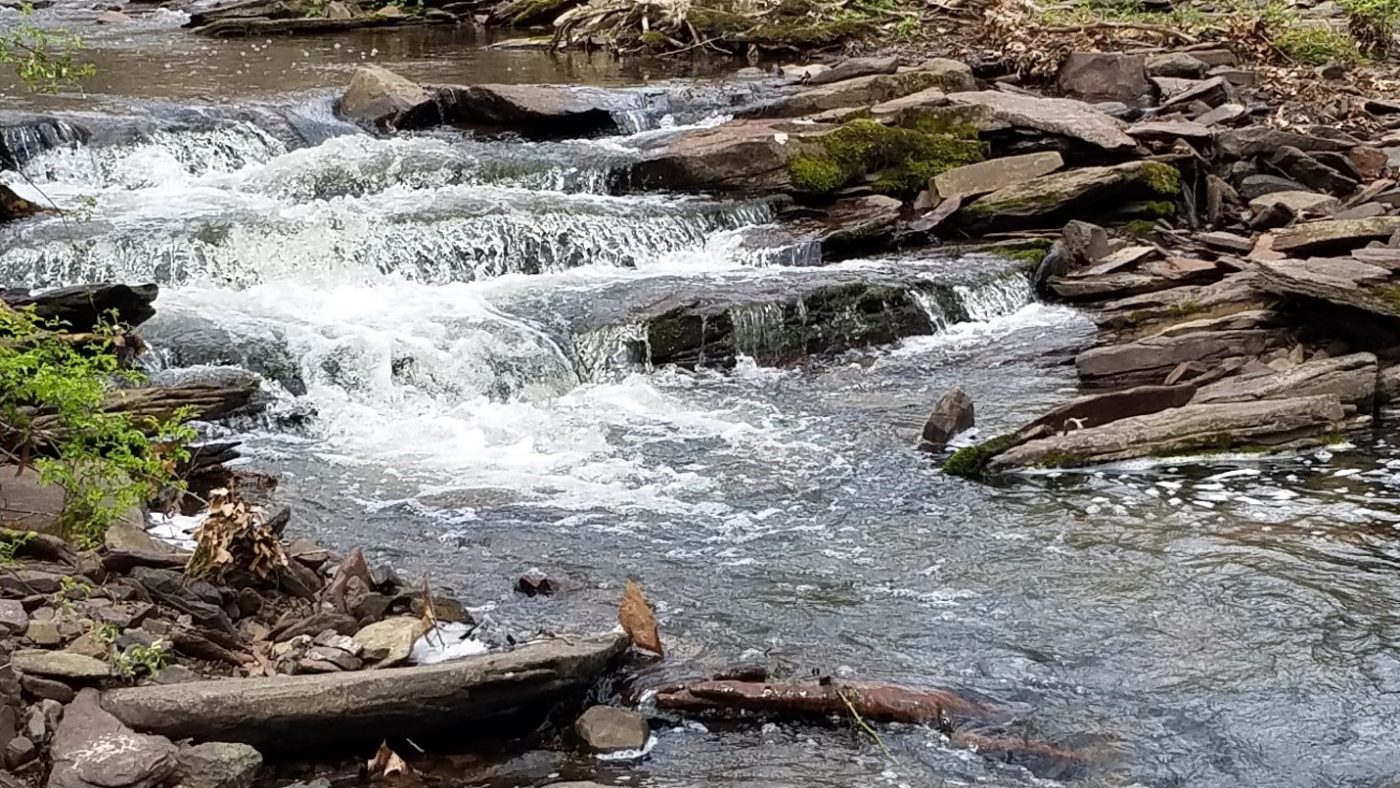On Tuesday, April 21, 2020, the U.S. Environmental Protection Agency (USEPA) and the Department of the Army published the Navigable Waters Protection Rule in the Federal Register defining the scope of waters federally regulated under the Clean Water Act. The Register states; “For the first time, the agencies are streamlining the definition so that it includes four simple categories of jurisdictional waters, provides clear exclusions for many water features that traditionally have not been regulated, and defines terms in the regulatory text that have never been defined before”. The final rule will become effective on June 22, 2020, and replaces the existing rule published on October 22, 2019.
Is a Spill Prevention Control and Countermeasures (SPCC) Plan Required?
I am continually asked by our clients if a facility is subject to the Spill Prevention Control and Countermeasures (SPCC) requirements based on the definition of navigable waters. Over the years, not only has the definition of navigable waters changed, but also the definition of oil, as well as who can certify a plan. Coming from the environmental compliance side of the business and from an engineer’s viewpoint in preparing and signing SPCC plans, we tend to interpret these definitions conservatively. Regulations continuously changing is another challenging aspect of the program. Therefore, when asked, should we or do we need to prepare a SPCC plan, I caveat any “no” answer with, a recommendation to prepare a plan based on the ever-changing environmental regulation landscape. We certainly see more good than bad in having a SPCC plan for a facility no matter its location or size. It is a relatively small price to pay for being prepared in the event of a release.
The EPA’s codification of the definition of ‘‘waters of the United States’’ for SPCC planning purposes is found at 40 CFR 112.2. For Oil Pollution Prevention, Part 112 is revised to read as follows: “Section 112.2 has been amended by revising the definition of ‘‘Navigable waters’’ and removing the definition of ‘‘Wetlands’’ to read as follows: Navigable waters means waters of the United States, including the territorial seas, as defined in § 120.2 of this chapter”.
Navigable waters is further defined as:
(1) Jurisdictional waters. For purposes of the Clean Water Act, 33 U.S.C. 1251 et seq. and its implementing regulations, subject to the exclusions in paragraph (2) of this section, the term ‘‘waters of the United States’’ means:
(i) The territorial seas, and waters which are currently used, or were used in the past, or may be susceptible to use in interstate or foreign commerce, including waters which are subject to the ebb and flow of the tide;
(ii) Tributaries;
(iii) Lakes and ponds, and impoundments of jurisdictional waters; and
(iv) Adjacent wetlands.
(2) Non-jurisdictional waters. The following are not ‘‘waters of the United States’’:
(i) Waters or water features that are not identified in paragraph (1)(i), (ii), (iii), or (iv) of this definition;
(ii) Groundwater, including groundwater drained through subsurface drainage systems;
(iii) Ephemeral features, including ephemeral streams, swales, gullies, rills, and pools;
(iv) Diffuse stormwater run-off and directional sheet flow over upland;
(v) Ditches that are not waters identified in paragraph (1)(i) or (ii) of this definition, and those portions of ditches constructed in waters identified in paragraph (1)(iv) of this definition that do not satisfy the conditions of paragraph (3)(i) of this definition;
(vi) Prior converted cropland;
(vii) Artificially irrigated areas, including fields flooded for agricultural production, that would revert to upland should application of irrigation water to that area cease;
(ix) Artificial lakes and ponds, including water storage reservoirs and farm, irrigation, stock watering, and log cleaning ponds, constructed or excavated in upland or in non-jurisdictional waters, so long as those artificial lakes and ponds are not impoundments of jurisdictional waters that meet the conditions of paragraph (3)(vi) of this definition;
(ix) Water-filled depressions constructed or excavated in upland or in non-jurisdictional waters incidental to mining or construction activity, and pits excavated in upland or in non-jurisdictional waters for the purpose of obtaining fill, sand, or gravel;
(x) Stormwater control features constructed or excavated in upland or in non-jurisdictional waters to convey, treat, infiltrate, or store stormwater runoff;
(xi) Groundwater recharge, water reuse, and wastewater recycling structures, including detention, retention, and infiltration basins and ponds, constructed or excavated in upland or in non-jurisdictional waters; and
(xii) Waste treatment systems, including treatment ponds or lagoons designed to meet the requirements of the CWA (other than cooling ponds which also meet the criteria of this definition) are not waters of the United States”.
There are further definitions in the rule for adjacent wetlands, ditch, ephemeral, and intermittent, among other terms. For example, “a ‘‘tributary’’ is defined in the final rule as a river, stream, or similar naturally occurring surface water channel that contributes surface water flow to a territorial sea or traditional navigable water in a typical year either directly or indirectly through other tributaries, jurisdictional lakes, ponds, or impoundments, or adjacent wetlands. A tributary must be perennial or intermittent in a typical year…”
What is a “typical year”? Previous rules have lacked clear guidance as to how far up the watershed federal jurisdiction extends, and what connection is required for waters to be considered part of the regulated tributary system to traditional navigable waters and the territorial seas. ‘‘Typical year’’ is used to help establish the surface water connection between a relatively permanent body of water and traditional navigable waters, as well as between certain wetlands and other jurisdictional waters. ‘‘Typical year’’ is more clearly defined in the final rule to mean when precipitation and other climatic variables are within the normal periodic range (e.g., seasonally, annually) for the geographic area of the applicable aquatic resource based on a rolling thirty-year period. Under this definition, a “typical year” would generally not include times of drought or extreme flooding.
We then come full circle back to the main question asked; “Is my facility required to have a SPCC plan based on its location and could it reasonably be expected to discharge oil in quantities that may be harmful into or upon the navigable waters of the United States or adjoining shorelines?”
How Can VERTEX Help?
If you are unsure if your facility is required to have a SPCC plan and whether your location meets the definition of navigable waters, you can read the 93 pages of the rule and its supplementary information or more conveniently, reach out to VERTEX. We prepare and certify hundreds of plans a year all over the country and would be happy to help you determine your applicability and assist you in complying with the regulation, if appropriate.
VERTEX’s Environmental and Engineering Experts partner with you to resolve complex challenges. To learn more about VERTEX’s Environmental Consulting services or to speak with an Environmental Expert, call 888.298.5162 or submit an inquiry.




